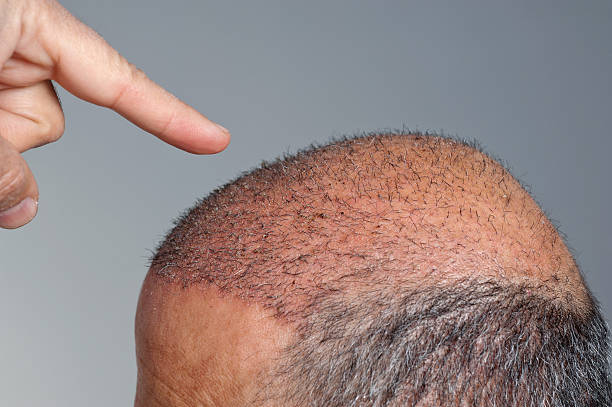Decoding the Complexities of Hair Transplants: A Deep-Dive into Techniques and Trends
The concept of hair transplants is not a new one. It has been a subject of discussion and exploration for more than half a century. The first recorded hair transplant surgery was performed in Japan in the late 1930s, marking a significant milestone in the history of dermatology. Today, hair transplants have become a common recourse for those battling hair loss or thinning, offering a beacon of hope for a renewed sense of confidence and self-esteem. This article seeks to offer an in-depth exploration of hair transplant techniques, their evolution, current trends, and the reception of these procedures in the modern world.

The Genesis of Hair Transplants
Hair transplant procedures have come a long way since their inception. The initial methods were rudimentary and involved the use of scalp flaps or hair-bearing skin grafts. These techniques, while innovative for their time, often resulted in unnatural looking hairlines and significant scarring. The 1950s ushered in a new era of hair transplantation with the introduction of the punch graft technique by Dr. Norman Orentreich. This method, while an improvement, still resulted in a somewhat unnatural, “pluggy” appearance.
The Advent of Follicular Unit Transplantation (FUT)
The 1990s saw a significant leap in the field of hair transplantation with the development of the Follicular Unit Transplantation (FUT) technique. This method involves the removal of a strip of scalp from the back of the head, followed by the dissection of the strip into individual follicular units. These units are then implanted into the balding areas. While this method can result in a linear scar at the donor site, it allows for the transplantation of a large number of follicles in a single session. The FUT method revolutionized the field, offering a more natural appearance compared to the previous methods.
The Rise of Follicular Unit Extraction (FUE)
The early 2000s saw another significant development in hair transplant technology with the advent of Follicular Unit Extraction (FUE). This technique involves the individual extraction of follicular units from the donor area, which are then implanted into the recipient sites. The main advantage of FUE over FUT is the absence of a linear scar, making it an ideal choice for those who prefer to wear their hair short. However, FUE can be a more time-consuming and labor-intensive procedure compared to FUT.
Current Trends and Innovations in Hair Transplants
In recent years, there has been a steady rise in the popularity of hair transplants, driven by advancements in technology and techniques. One such innovation is the use of robotic systems, such as the ARTAS system, which automate the extraction and implantation process, reducing the risk of human error.
Another emerging trend is the use of regenerative therapies, such as Platelet-Rich Plasma (PRP) and stem cell therapy, in conjunction with hair transplants. These therapies aim to improve the survival of the transplanted hair follicles and stimulate the growth of new hair.
Reception and Impact of Hair Transplants
The reception of hair transplants in society has changed dramatically over the years. Initially, there was a stigma associated with these procedures, often seen as a desperate attempt to cling to youth. However, as techniques have improved and results have become more natural-looking, this perception has significantly shifted.
Today, hair transplants are seen as a viable option for combating hair loss and boosting self-confidence. There is a growing acceptance and openness about undergoing these procedures, with many high-profile celebrities openly discussing their experiences, further reducing the stigma.
Despite the positive reception, it is important to note that hair transplants are surgical procedures and, as such, carry potential risks and complications. It is crucial for individuals considering a hair transplant to thoroughly research the procedure, understand its limitations, and choose a reputable and experienced surgeon.
In conclusion, the field of hair transplantation has evolved tremendously since its inception. The continuous advancements in techniques and technologies point to a promising future for those grappling with hair loss. As long as society continues to value hair as a symbol of youth and vitality, hair transplants will undoubtedly remain a relevant topic of discussion and exploration.
